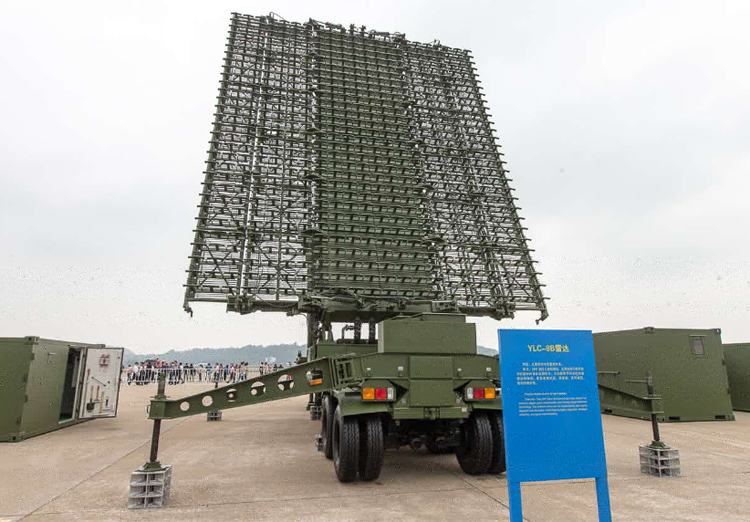SOURCE: IDRW.ORG TEAM

In the rapidly evolving landscape of modern warfare, the ability to detect and counter stealth technology has become a critical aspect of national defense. India’s Defense Research and Development Organization (DRDO) is at the forefront of this endeavor, spearheading the development of various Anti-Stealth Radars that promise to revolutionize the way stealth threats are detected and neutralized.
Stealth technology, designed to render aircraft and other military assets nearly invisible to traditional radar systems, has posed a formidable challenge to conventional defense mechanisms. However, DRDO’s relentless pursuit of innovation has led to the conceptualization and development of a range of cutting-edge Anti-Stealth Radars, each equipped to tackle different dimensions of stealth warfare.
- Low-Frequency Radars: These radars operate in the low-frequency spectrum and offer unique advantages in detecting stealth aircraft, which tend to have reduced radar cross-sections at higher frequencies. Low-Frequency Radars can penetrate through various environmental and atmospheric challenges, making them exceptionally effective in detecting stealthy threats even in adverse conditions.
- Multi-static Radar: This innovative radar system employs multiple radar stations that work collaboratively to detect stealthy targets. By leveraging the concept of multilateration, where signals from different radar stations are analyzed to determine the location of a target, Multi-static Radars enhance detection capabilities and significantly reduce the chances of evading detection through stealth technology.
- Over-The-Horizon Radar: Over-The-Horizon (OTH) Radars possess the unique ability to detect targets over long distances beyond the curvature of the Earth. These radars can scan vast areas and provide crucial early warning capabilities, making them invaluable in countering stealth threats that attempt to exploit surprise and speed.
- Passive Coherent Location Radar: Unlike traditional radars that emit signals and receive their reflections, Passive Coherent Location (PCL) Radar relies on ambient signals from sources such as commercial broadcasts, mobile phone towers, or satellite signals. The PCL Radar’s ability to detect and track stealth aircraft without emitting any signals of its own makes it an extremely covert and effective tool in detecting stealthy incursions.
NOTE : Article cannot be reproduced without written permission of idrw.org in any form even for YouTube Videos to avoid Copy right strikes